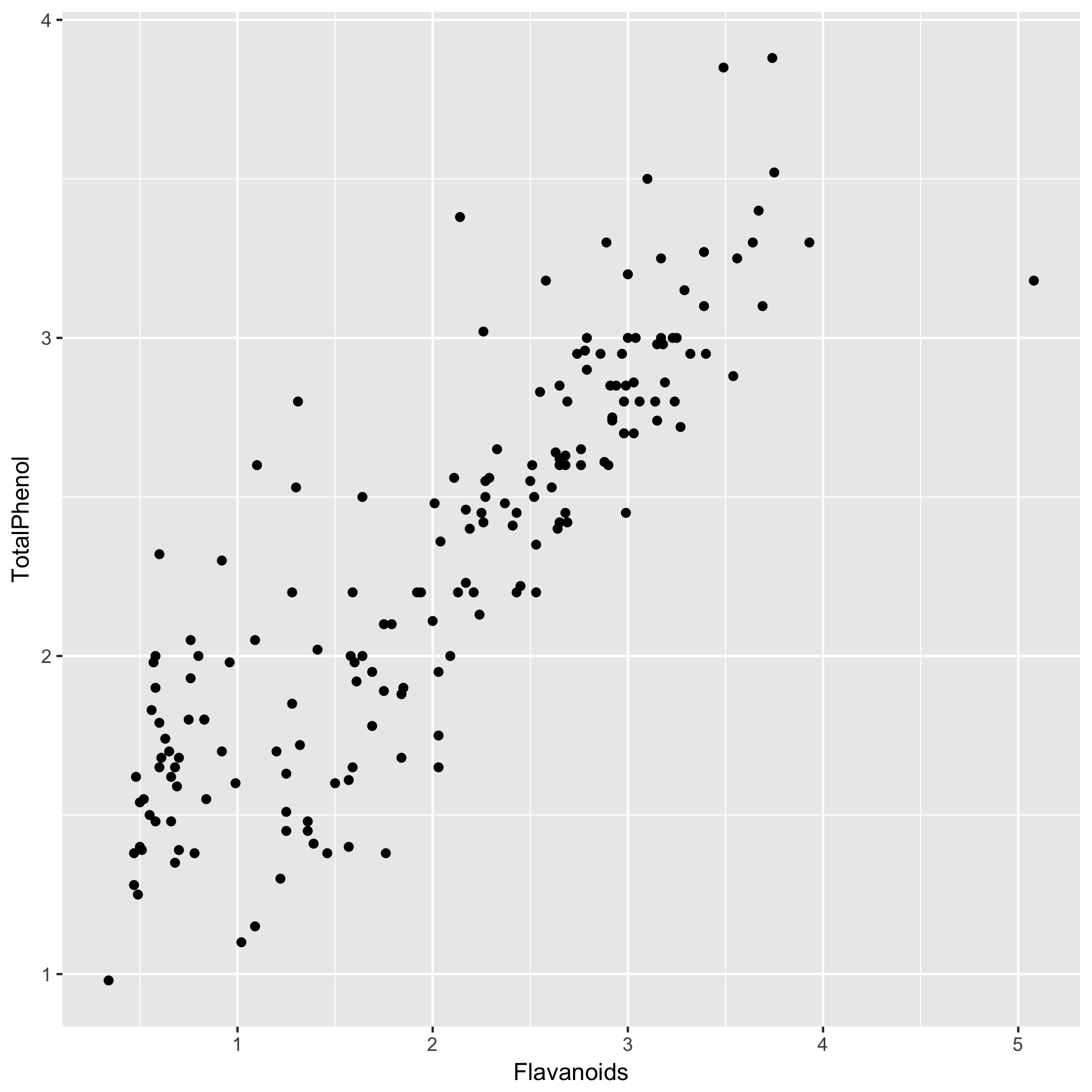Inclass exercises, Day VIII
Follow this link for day 8 materials and notes
Solutions for these exercises are available here
Random sampling
Draw some random samples from our trusty iris dataset using one of the following functions: the base R function sample(), the dplyr function sample_n(), or the dplyr function sample_frac().
- Randomly sample 10 setosa petal lengths without replacement
- Randomly sample 10 setosa petal lengths with replacement
- Randomly sample 10 rows from the iris dataframe without replacement
- Randomly sample 10 rows from the iris dataframe with replacement
- Randomly sample 25% of rows from the iris dataframe without replacement
Permutation test
The following data are numbers of virions produced (burst sizes) for viruses that have been treated with a mutagen, and for control viruses. Samples between mutagen and control are fully independent. Use a permutation test, with the t statistic, to determine whether the mutagen has an effect on viral burst size.
- Mutagen burst sizes: 15, 29, 58, 103, 1048
- Control burst sizes: 7, 29, 254, 921, 5611

Bootstrap
Use the bootstrap approach to estimate the median and its associated 95% confidence interval for the difference in burst sizes between mutagen and control viruses. Again, remember that these groups are not paired.
Multiple testing
The built-in R dataset InsectSprays gives the counts of insects in agricultural experimental units treated with different insecticides. Perform all combinations of independent two-sample tests (use sample size per grouping to determine if you should use t-tests or Mann Whitney U tests) to ask which insecticides, if any, tend to lead to different numbers of insects. Use the Bonferroni correction.
Hint: to more easily find how many are significant, broom::tidy() and filter() are useful!